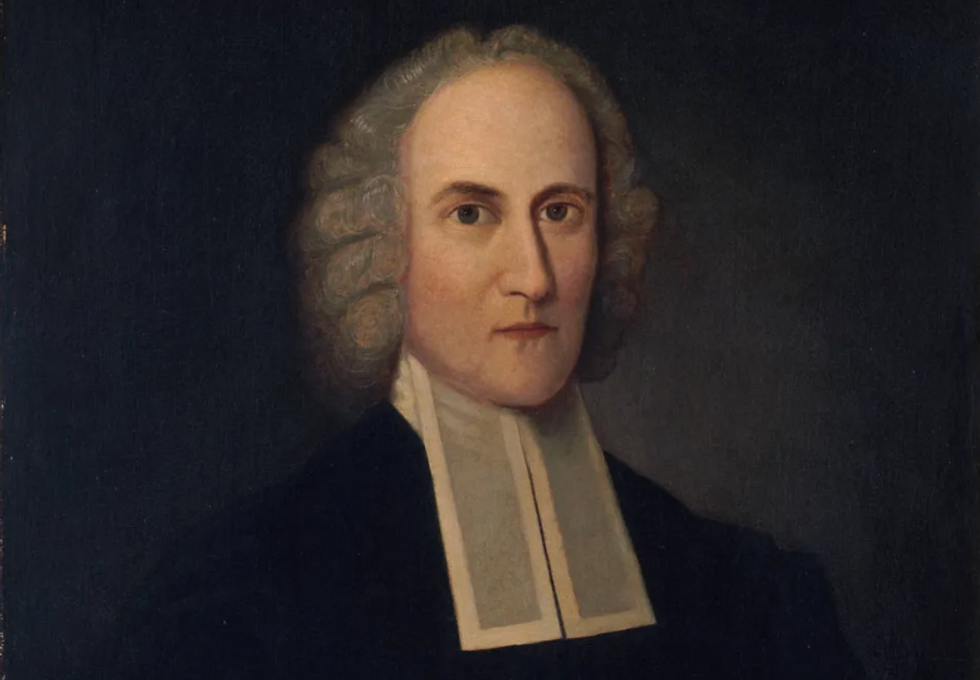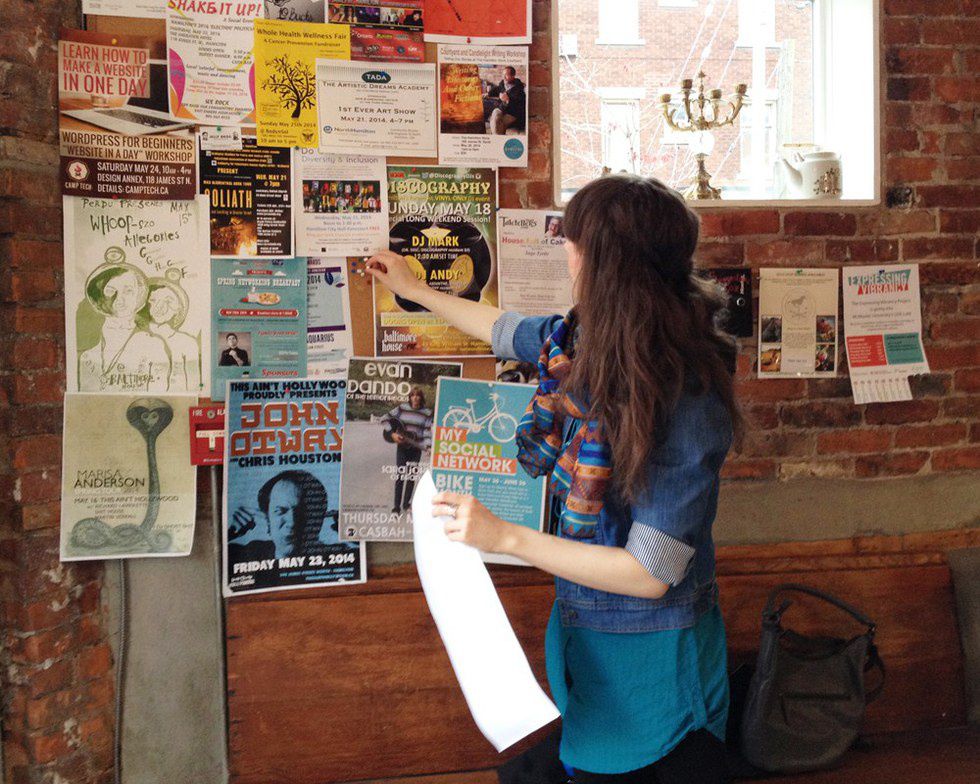In the previous article, we discussed the arrival of the Puritans in America, the decline of their influence on other American colonies, and the rise of Unitarianism. In this article, we will cover the Great Awakening in America, how it grew the church, while at the same time dividing it further.
Prelude to the Great Awakening, c. 1720
Before the Great Awakening began in c. 1720, Christian leaders were already concerned with the influence of Unitarianism on the members of the church, but in 1715, a rationalist movement known as the Enlightenment swept through Europe and North America. Known especially for spreading new ideas about government and freedom, the Enlightenment also introduced new ideas about God. Many of the philosophers that spread these ideas believed God to be the world's Creator, but that He does not interact with His creation, and rejected Biblical texts and the concept of miracles of God. It was in response to deism as much as Unitarianism that the revivals known collectively as the Great Awakening began.
The Great Awakening
Revivals were already occurring before the Awakening began. As more European Protestants such as Lutherans and Presbyterians immigrated to the colonies, the new arrivals began hosting Bible studies and small meetings with the colonists. These revivals rose to prominence in 1720 when a Dutch Reformed pastor, Theodore Frelinghuysen, traveled to New Jersey to share the gospel with colonists. Focusing primarily in converting individuals and instructing them in leading a life in awareness of God's holiness, his work inspired others to follow in his example. Presbyterian evangelist William Tennent and his son Gilbert were great friends with Frelinghuysen, and he inspired them to join the revival and spread the gospel. While Gilbert was eager to spread the gospel, William devoted himself to training young ministers for the revival, founding a theological seminary in a log cabin in 1727.
Gilbert Tennent's preaching was, like Frelinghuysen, focused on conversion and setting guidelines for Christian lifestyle. Unlike the Puritans in the 1600s, who focused on practical conversion, he focused on the emotional aspects. To Tennent, one had to really feel God's presence to convert. This had the unintended effect of temporarily splitting the Presbyterian denomination: The older, elite Presbyterians found the emotional conversion insincere, while the younger Presbyterians were generally supportive. This disagreement caused a breakup in the Presbyterian Church.
This division, however, spread beyond Presbyterians. Christian leadership from all denominations were not pleased with the evangelists' methods. The evangelists were itinerants who, in their travels, were not shy of interrupting church services to spread their message, often to the irritation of the pastorate. The evangelists, especially radicals, emphasized personal conversion, often calling congregants to reject the teachings of their ministers. This caused a pushback by conservatives known as the "Old Lights," while converts who supported the Awakening called themselves the "New Lights."
The Awakening was nonetheless successful, especially when Massachusetts pastor Jonathan Edwards joined the revivalists. A fiery speaker from Northampton, he vehemently decried the lack of faith in God present in his own church, calling the members out for gratifying their worldly desires without giving proper attention to God. Like the evangelists, he encouraged emotional conversions, using his sermons to move his audiences. His famous 1741 sermon, "Sinners in the Hands of an Angry God" painted a dramatic picture of God punishing the unsaved: "The God that holds you over the pit of hell, much as one holds a spider, or some loathsome insect over the fire, abhors you, and is dreadfully provoked...he looks upon you as worthy of nothing else, but to be cast into the fire..." Frequently, he was interrupted by the audience with the question, "What shall I do to be saved?" Edwards wrote with jubilance at the success of his outreach, converting hundreds to Christianity.
Still more successful was evangelist George Whitefield. An Englishman who arrived in America in 1738, he set to work spreading the gospel across all the colonies, befriending Gilbert Tennent and Jonathan Edwards. Over a thirty-year period, he traveled to New York, Pennsylvania, Georgia, South Carolina, and Massachusetts. His sermons were motivational and intense, drawing ire from critics and admiration from supporters. While Whitefield preached in Boston, one critic complained that his speeches and the audience's reaction were so loud that they could be heard a mile away, but members of his audience recalled how the crowds were moved to Christ, laughing and crying all at once.
Revival in the South
Oft overlooked by historians is the effect of the Great Awakening in the South. Most Southerners today are members of the Southern Baptist denomination, and it was in the Awakening that Baptists first established churches in the South. A denomination that believed in baptizing converts only, rather than others that baptized infants at birth, their roots in America date as far back as 1638 when Roger Williams broke from the Puritans and established a Baptist church in Rhode Island.
In the course of his missions work in New England, Whitefield converted two major figures in Southern revivalism: Shubal Stearns and Daniel Marshall. After becoming Christians in 1745 and joining the Baptists, Stearns and Marshall grew concerned that the southern colonies had had no part in the revivals and decided their services were needed there. In 1754 they arrived in Virginia, where Marshall preached and established churches. Stearns, on the other hand, preached in North Carolina. Marshall later joined Stearns again, and the two continued to found Baptist churches in Virginia, North and South Carolina, and Georgia. Their work would eventually lead to Baptists dominating religious life in the South.
Conclusion
The revival in the American colonies certainly reached many nonbelievers, growing Christianity, with denominations such as Presbyterians, Baptists, Congregationalists, and Anglicans collectively establishing nearly two thousand churches. However, the Great Awakening introduced new ideas about the conversion and the role of church leadership that only divided the church further. The emotional conversions that characterized the Awakening also displeased many ministers, causing many to reject revivalism entirely. In Boston, Massachusetts, "Old Light" pastors undid the work of Whitefield and other evangelists by accepting into their churches the religious liberalism of the Enlightenment and Unitarianism. Radical evangelists were often jailed by colonial governments ostensibly for disturbing the peace, but mainly because they decried the pastorate. Seen by the colonists as persecution, it only worsened the divide between ministers and their congregations. By the time the Great Awakening concluded in 1750, revivalism had accomplished its mission of growing the church, but it also had the unintended effect of dividing the church more, causing a decline of religious observance in the late 18th century.

















